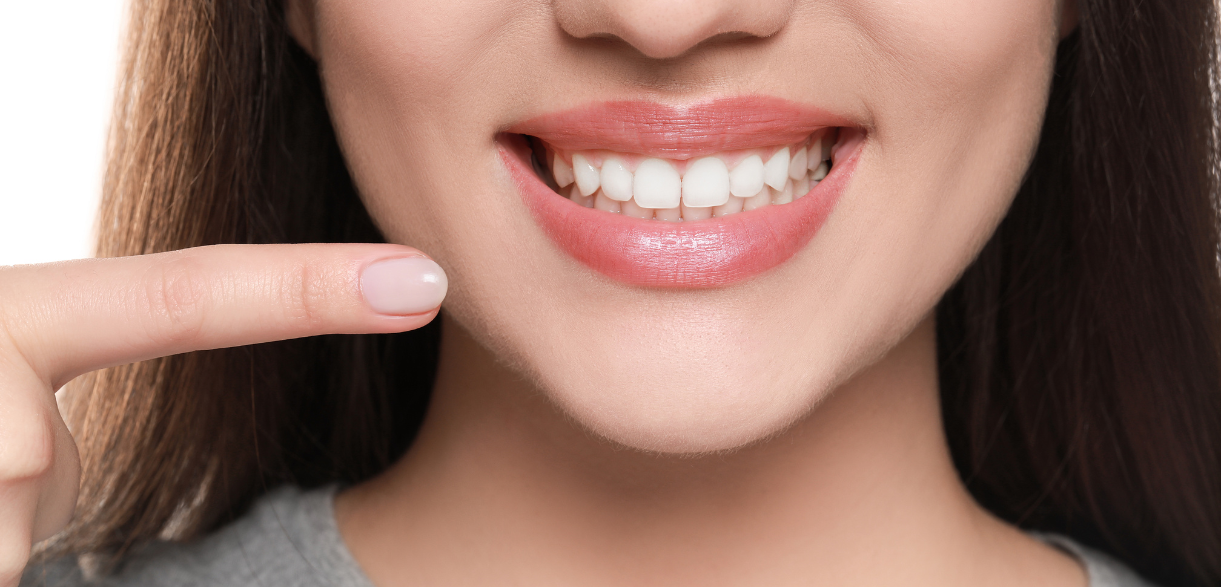New Patients Welcome!

Maintaining good oral hygiene is essential for a healthy smile. While brushing your teeth is a crucial part of your daily dental routine, flossing is equally important. In this article, we will delve into the significance of flossing and how it contributes to oral health.
The Basics of Oral Hygiene
Before we delve into the importance of flossing, let’s quickly review the basics of oral hygiene. Regular brushing, flossing, and visiting the dentist in West Palm Beach are the three pillars of maintaining a healthy smile.
Brushing your teeth twice a day helps remove plaque and bacteria from the surfaces of your teeth, but they can’t reach the tight spaces between them. This is where flossing comes into play.
What is Flossing?
Flossing is a technique that involves using a thin strand of dental floss to clean the areas between your teeth and along the gumline. Dental floss is typically made of nylon or plastic and comes in various forms, such as waxed, unwaxed, flavored, or unflavored.
It is designed to remove plaque, food particles, and bacteria that your toothbrush cannot reach.
The Importance of Flossing
Prevents Gum Disease:
One of the primary reasons why flossing is crucial for maintaining a healthy smile is its ability to prevent gum disease. Gum disease, also known as periodontal disease, is a bacterial infection that affects the tissues and bones supporting your teeth.
When plaque accumulates along the gumline, it can irritate and inflame the gums, leading to gingivitis or even periodontitis. Regular flossing helps remove plaque and reduces the risk of gum disease.
Removes Plaque and Tartar:
Flossing plays a vital role in removing plaque and tartar buildup. Plaque is a sticky film that forms on your teeth throughout the day. If it is not removed, it hardens into tartar, which can only be removed by a dental professional.
Flossing helps break up and remove plaque from the areas that your toothbrush cannot reach, preventing tartar buildup and maintaining a clean and healthy smile.
Reduces Bad Breath:
Bad breath, or halitosis, can be embarrassing and unpleasant. It is often caused by the accumulation of bacteria in the mouth, particularly between the teeth.
Flossing helps remove food particles and bacteria from these hard-to-reach areas, reducing the likelihood of bad breath and promoting fresher breath.
Protects Against Tooth Decay:
Flossing is an effective preventive measure against tooth decay. When plaque and bacteria are left undisturbed between the teeth, they can contribute to the formation of cavities.
By flossing daily, you can remove these harmful substances and protect your teeth from decay.
Improves Overall Oral Health:
In addition to the specific benefits mentioned above, flossing also contributes to overall oral health. By practicing regular flossing, you can reduce the risk of various dental issues, including gum recession, tooth sensitivity, and even tooth loss.
It is an essential step in maintaining a healthy smile and preventing more significant oral health problems down the line.
How to Floss Properly:
To reap the maximum benefits of flossing, it is important to follow the proper technique. Here are some key steps to flossing correctly:
Choose the Right Dental Floss:
There are different types of dental floss available, so it’s essential to choose the one that suits your needs. Whether you prefer waxed or unwaxed, flavored or unflavored, find a dental floss that feels comfortable and easy to handle.
Use the Correct Technique:
Start by taking a piece of dental floss approximately 18 inches long. Wrap the ends around your middle fingers, leaving a few inches of floss in between. Hold the floss tightly between your thumbs and index fingers, and gently guide it between your teeth using a back-and-forth motion.
Be careful not to snap or force the floss, as it can cause gum irritation.
Be Gentle and Thorough:
When flossing, make sure to be gentle yet thorough. Curve the floss into a C-shape around each tooth, sliding it up and down along the sides.
Make sure to reach the gumline and go beneath it to remove any trapped food particles or plaque. Repeat this process for each tooth, using a clean section of floss for each one.
Floss Regularly:
Consistency is key when it comes to flossing. Aim to floss at least once a day, preferably before bedtime, to remove any debris accumulated throughout the day. By incorporating flossing into your daily routine, you can maintain a healthy smile and improve your overall oral health.
Additional Tips for a Healthy Smile
While flossing is essential, it is just one part of a comprehensive oral hygiene routine. Here are a few additional tips to help you maintain a healthy smile:
Brushing Your Teeth:
Brush your teeth at least twice a day for two minutes each time. Use a soft-bristled toothbrush and fluoride toothpaste to effectively remove plaque and bacteria from all surfaces of your teeth.
Using Mouthwash:
Consider incorporating an antimicrobial mouthwash into your oral care routine. Mouthwash helps kill bacteria, freshen breath, and reach areas that brushing and flossing may miss.
Visiting the Dentist Regularly:
Schedule regular dental check-ups and cleanings with your dentist. Professional cleanings can remove stubborn plaque and tartar and allow your dentist to detect any potential oral health issues early on.
Eating a Balanced Diet:
Maintain a balanced diet that is rich in fruits, vegetables, lean proteins, and whole grains. Limit sugary and acidic foods and beverages, as they can contribute to tooth decay.
Common Flossing Mistakes to Avoid
While flossing is a simple and effective practice, there are some common mistakes that you should avoid:
Skipping Flossing:
Skipping flossing altogether is a common mistake that many people make. Remember that brushing alone cannot reach all the areas between your teeth, so flossing is essential for comprehensive oral hygiene.
Using Incorrect Technique:
Using the wrong flossing technique can be ineffective and potentially harmful. Avoid snapping the floss too forcefully, as it can injure your gums. Instead, use a gentle back-and-forth motion to clean between your teeth.
Flossing Too Roughly:
Being too rough while flossing can cause gum irritation and bleeding. Be gentle yet thorough when flossing, ensuring you remove plaque and debris without causing harm.
Not Flossing the Back Teeth:
Many people tend to neglect flossing the back teeth, assuming they are less important. However, these teeth are just as susceptible to plaque and decay, so make sure to floss them regularly.
Frequently Asked Questions:
Q.1 Why is flossing necessary if I brush my teeth regularly?
Ans: Regular brushing is essential, but it cannot reach the areas between your teeth where plaque and food particles can accumulate. Flossing helps remove these substances and prevents dental issues that brushing alone cannot address.
Q.2 Can flossing damage my gums?
Ans: When done correctly, flossing should not damage your gums. However, using excessive force or an incorrect technique can lead to gum irritation and bleeding. It’s important to be gentle yet thorough when flossing.
Q.3 How often should I floss my teeth?
Ans: It is recommended to floss at least once a day. Flossing before bedtime can help remove debris accumulated throughout the day and promote a clean and healthy smile.
Q.4 Are there alternatives to traditional dental floss?
Ans: Yes, there are alternative options available for those who find traditional dental floss challenging to use. Water flossers, interdental brushes, and floss picks can be effective alternatives for cleaning between teeth.
Q.5 Can children floss their teeth?
Ans: Yes, children should start flossing as soon as they have two teeth that touch. However, they may require assistance and supervision from parents or caregivers until they develop the dexterity to floss on their own.
Flossing is a vital component of maintaining a healthy smile. By incorporating regular flossing into your oral hygiene routine, you can prevent gum disease, remove plaque and tartar, reduce bad breath, protect against tooth decay, and improve your overall oral health. Remember to floss correctly, be consistent, and complement your flossing with other oral care practices for a beautiful and healthy smile.





